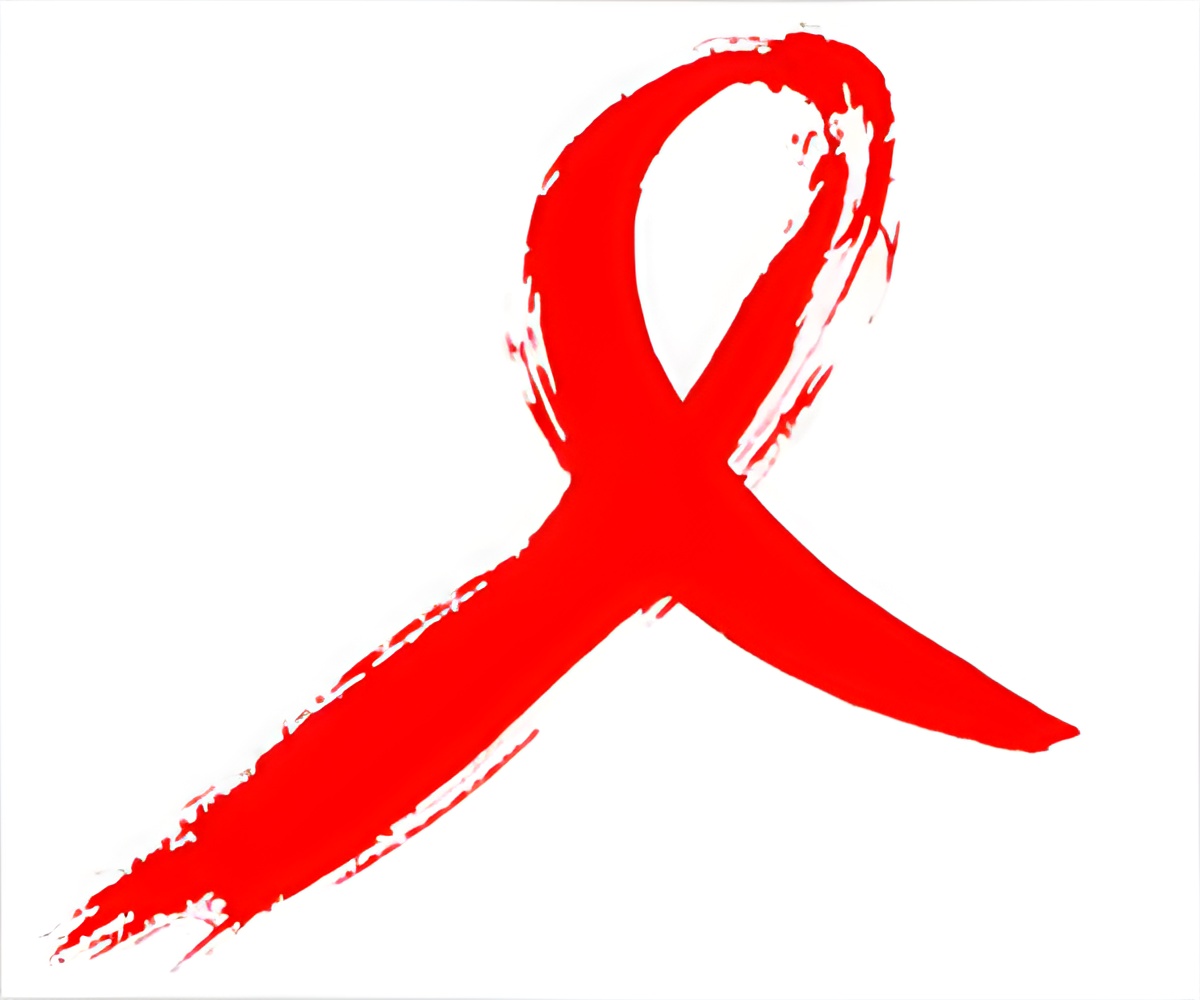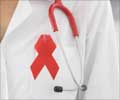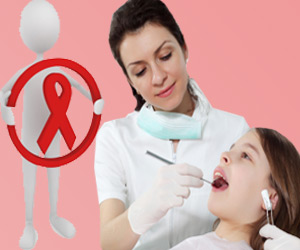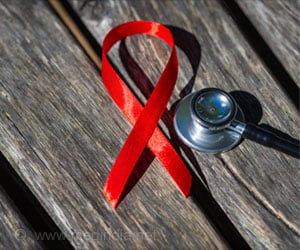India has 2.1 million people suffering from HIV, making it win a dubious distinction of having the world’s 3rd largest HIV population.

The number of HIV patients registered an increase in states where it was earlier being considered to be non-prevalent, with 10 such states together accounting for 57 % of new infections in 2012.
National Aids Control Organisation (NACO) and Indian Council of Medical Research (ICMR) report reveals that, HIV prevalence has reduced at the national level, but in states where HIV prevalence was considered low have seen an increase in HIV cases. These states include Odisha, Jharkhand, Punjab, Assam and Uttarakhand.
Migration to urban areas with high prevalence and higher prevalence among pregnant women with migrant husbands are identified as most possible reasons for such trends.
The report Titled 'India HIV Estimates-2012', suggests that 10 low-prevalence states, such as, Odisha, Jharkhand, Bihar, Uttar Pradesh, West Bengal, Gujarat, Chhattisgarh, Rajasthan, Punjab and Uttarakhand accounted for 57% of new infections. On the flip side, Andhra Pradesh, Karnataka, Maharashtra, Manipur, Nagaland and Tamil Nadu, which are the 6 high prevalence states, accounted for only 31 % of the 1.16 lakh estimated new infections in 2011 among adults.
The report also calls for customizing its strategies to efficiently address the emerging vulnerabilities and adapt them to suit the needs of various geographical areas.
He also said "Previously, HIV prevalence in parts of northern India was thought to be low. One example of this is the state of Punjab, where the problem is particularly related to injecting of drugs."
Commemorating the world health day, J P Nadda, the Union Health Minister, had sought people's participation to meet the dual global targets of zero new infection and zero deaths from HIV/AIDS. The honourable minister also claimed that the key to success of the mission would be in consonance with raising awareness and boosting preventive methods.
Source-Medindia
 MEDINDIA
MEDINDIA




 Email
Email









